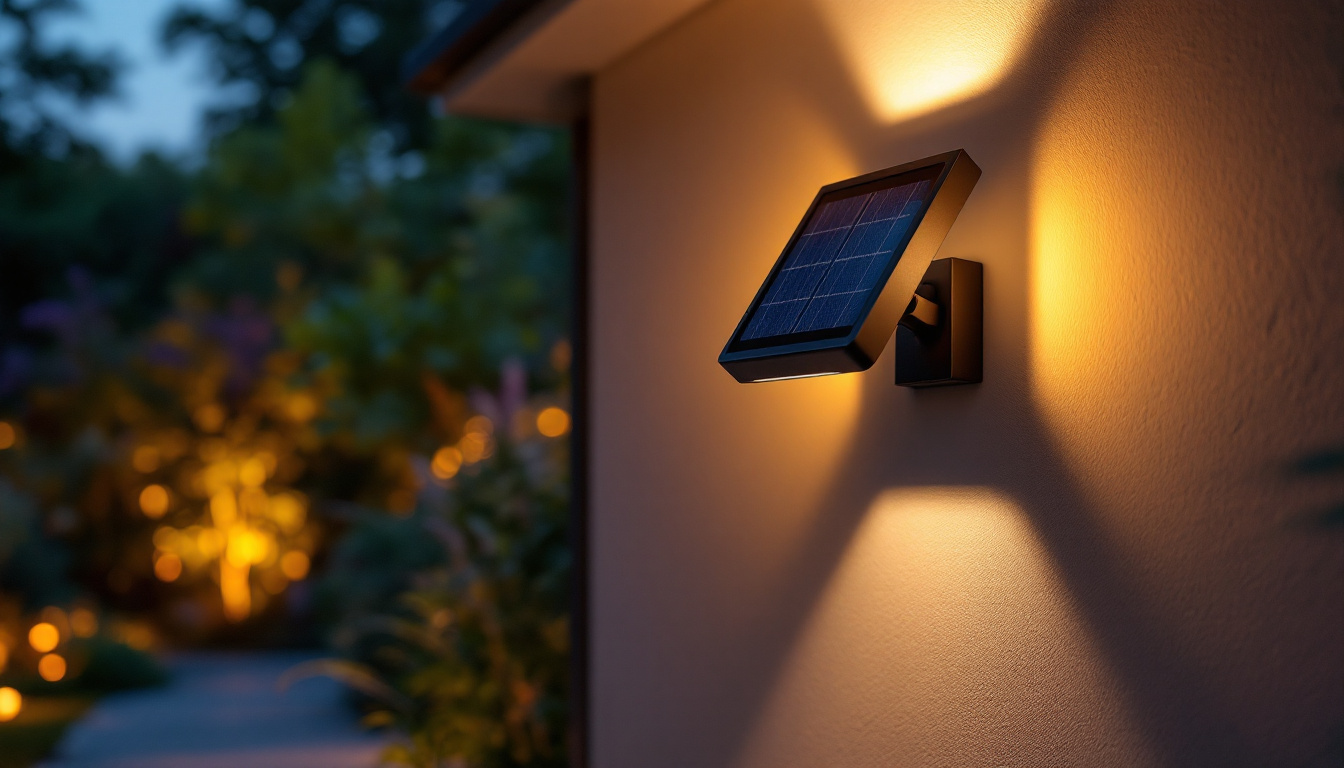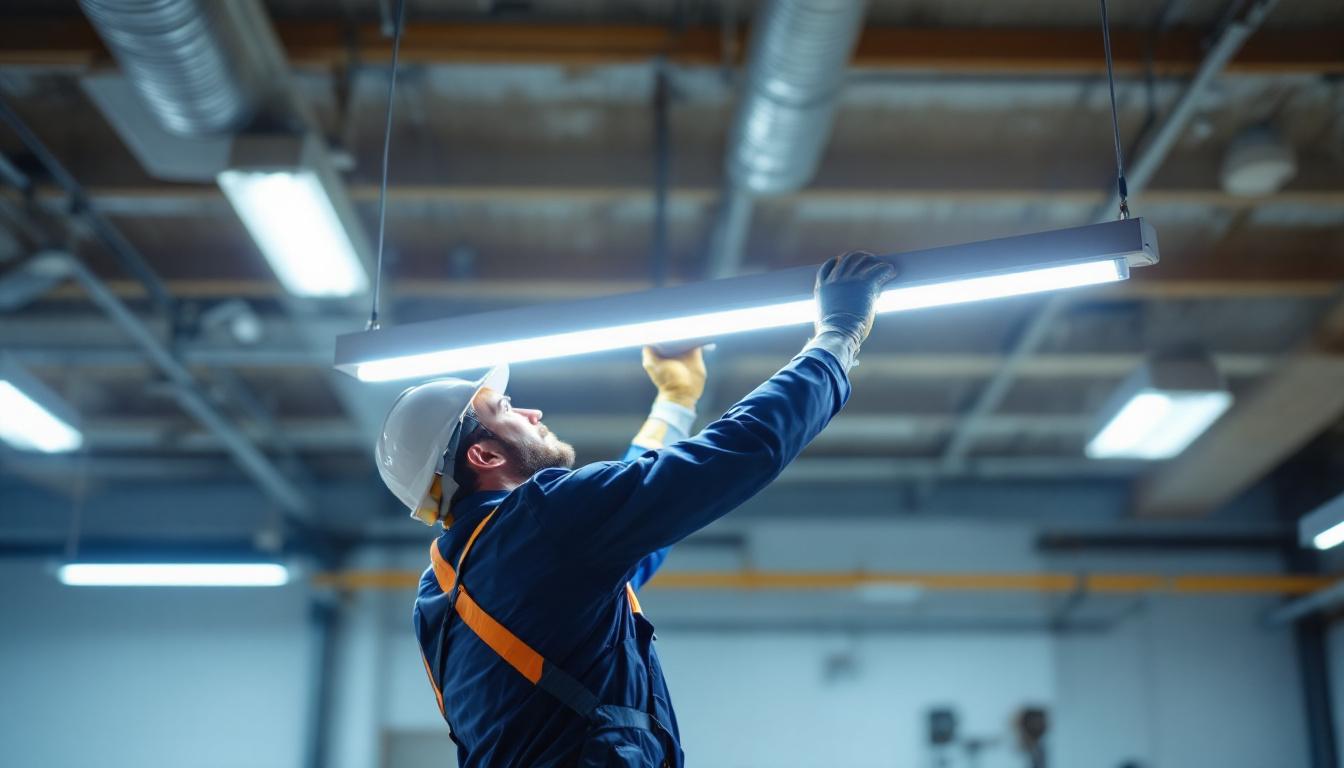
recessed LED fixtures have gained immense popularity in both residential and commercial lighting applications. Their sleek design and energy efficiency make them a preferred choice for many lighting contractors. However, as with any technology, questions often arise regarding their installation, performance, and maintenance. This article aims to address some of the most common inquiries that lighting contractors encounter when working with recessed LED fixtures.
Recessed LED fixtures, also known as can lights or pot lights, are installed into a hollow opening in the ceiling. Unlike traditional light fixtures that hang or protrude, recessed lights provide a clean and modern aesthetic. They are commonly used for general lighting, accent lighting, and task lighting in various settings, from residential homes to commercial spaces. The unobtrusive design of recessed lighting allows for greater flexibility in interior design, enabling homeowners and designers to create a seamless look that enhances the overall ambiance of a room.
These fixtures consist of several key components, including the housing, trim, and the LED light source. Understanding how these elements work together is crucial for contractors looking to provide the best solutions for their clients. The housing is the part that holds the fixture in place and can vary in size and shape, while the trim is the visible part that can be customized to match the decor. The LED light source, which is the heart of the fixture, offers various color temperatures and brightness levels, allowing for tailored lighting solutions to meet diverse needs.
There are several types of recessed LED fixtures available on the market, each designed for specific applications. The most common types include:
LED technology offers numerous advantages over traditional incandescent or fluorescent lighting. One of the most significant benefits is energy efficiency. LEDs consume significantly less power, which translates to lower energy bills for homeowners and businesses alike. In fact, switching to LED lighting can reduce energy consumption by up to 75%, making it an environmentally friendly choice that contributes to sustainability efforts.
Additionally, LEDs have a longer lifespan, often lasting up to 25,000 hours or more. This longevity reduces the frequency of replacements, making them a cost-effective option in the long run. Furthermore, LEDs produce less heat, contributing to a cooler environment and reducing air conditioning costs. The ability to dim LED lights also enhances their versatility, allowing users to adjust brightness levels to suit different activities or moods. This adaptability makes LEDs an excellent choice for various settings, from cozy living rooms to vibrant commercial spaces, where lighting needs can change throughout the day.
Installing recessed LED fixtures can seem straightforward, but there are several factors that contractors must consider to ensure a successful installation. Proper planning and execution can prevent common pitfalls and enhance the overall lighting quality.
Placement is critical when it comes to recessed lighting. The general rule of thumb is to space fixtures approximately 4 to 6 feet apart, depending on the ceiling height and the desired brightness. For higher ceilings, fixtures can be spaced further apart, while lower ceilings may require closer spacing.
Additionally, consider the purpose of the lighting. For task lighting, such as in kitchens or workspaces, fixtures should be positioned to minimize shadows. Accent lighting, on the other hand, might require more strategic placement to highlight specific features.
Wiring recessed LED fixtures requires careful attention to local electrical codes and safety standards. Most fixtures will require a junction box for safe electrical connections. It’s essential to ensure that the wiring is rated for the load and that connections are secure to avoid potential hazards.
Contractors should also consider the circuit load when installing multiple fixtures. Overloading a circuit can lead to tripped breakers or even electrical fires. Proper planning and calculation of the total wattage are crucial steps in the installation process.
One of the primary reasons for the growing popularity of recessed LED fixtures is their performance and efficiency. Understanding how to maximize these benefits is essential for lighting contractors.
Color temperature, measured in Kelvin (K), plays a significant role in the ambiance of a space. Recessed LED fixtures are available in a range of color temperatures, from warm white (2700K) to cool white (5000K). The choice of color temperature can dramatically affect the mood and functionality of a room.
For example, warmer tones are often preferred in residential settings, creating a cozy and inviting atmosphere. Conversely, cooler tones are suitable for commercial spaces where bright, clear lighting is needed for tasks. Understanding the client’s needs and the intended use of the space is vital when selecting the appropriate color temperature.
To maximize energy efficiency, contractors should recommend fixtures with a high lumen output per watt. This measurement indicates how much light is produced for each watt of energy consumed. Additionally, integrating smart technology, such as dimmers or smart home systems, can further enhance energy savings by allowing users to control lighting levels based on their needs.
Encouraging clients to take advantage of daylighting strategies, such as positioning fixtures to complement natural light sources, can also contribute to overall energy efficiency. By strategically placing recessed fixtures, contractors can help clients reduce their reliance on artificial lighting during the day.
Even with their long lifespan, recessed LED fixtures may require maintenance or troubleshooting at some point. Understanding common issues and their solutions can help contractors provide better service to their clients.
If a recessed LED fixture fails, the first step is to check the power supply. Ensure that the circuit is functioning and that the fixture is properly connected. If the power supply is intact, the LED module or driver may need to be replaced.
Many modern fixtures come with replaceable components, making it easier to address failures without replacing the entire unit. Contractors should educate clients on how to identify and replace faulty components to ensure continued performance.
Cleaning recessed fixtures is essential for maintaining optimal light output and appearance. Dust and debris can accumulate on the trim and lens, reducing brightness and affecting the aesthetic appeal.
To clean, contractors should advise clients to turn off the power and use a soft, dry cloth to wipe down the surfaces. For more stubborn grime, a damp cloth with mild soap can be used, but care should be taken to avoid getting moisture into the electrical components. Regular maintenance can significantly extend the life of the fixtures and enhance their performance.
When discussing recessed LED fixtures with clients, cost is often a significant factor. Understanding the various elements that contribute to the overall expense can help contractors provide clear and accurate estimates.
The initial cost of recessed LED fixtures can be higher than traditional lighting options. However, it is essential to communicate the long-term savings that come with energy efficiency and reduced maintenance needs. Over time, the lower energy bills and longer lifespan of LEDs can offset the initial investment.
Contractors should also consider the potential for rebates or incentives offered by local utilities for energy-efficient installations. These programs can help reduce the upfront costs and make LED fixtures more accessible for clients.
Providing accurate estimates requires a comprehensive understanding of the project scope. Contractors should consider factors such as the number of fixtures needed, the complexity of the installation, and any additional features, such as smart technology or specialized trims.
It’s also beneficial to discuss the client’s budget upfront. This conversation can help ensure that the proposed solutions align with their financial expectations while still meeting their lighting needs.
Recessed LED fixtures offer a modern and efficient lighting solution for various applications. By addressing common questions and concerns, lighting contractors can enhance their expertise and provide valuable guidance to clients. Understanding the types of fixtures, installation considerations, performance factors, maintenance needs, and cost implications can empower contractors to make informed decisions and deliver exceptional service.
As the demand for energy-efficient lighting continues to grow, staying informed about recessed LED technology will be crucial for contractors looking to remain competitive in the industry. By embracing these advancements, contractors can not only meet client expectations but also contribute to a more sustainable future in lighting.
Ready to elevate your lighting projects with the efficiency and modern appeal of recessed LED fixtures? At LumenWholesale, we specialize in providing lighting contractors like you with the highest quality, spec-grade lighting products at unbeatable wholesale prices. Say goodbye to local distributor markups and hello to our extensive selection that meets the highest industry standards. With free shipping on bulk orders, you can trust that you’re getting premium lighting at the best value — without any hidden fees. Don’t compromise on quality or cost. Visit LumenWholesale today and experience the perfect blend of quality, affordability, and convenience for all your lighting needs.

Discover why lighting contractors should prioritize outdoor solar lighting wall mounts.

Discover how choosing the right shop light bulb can significantly boost the efficiency of your lighting projects.

Discover essential tips and strategies for lighting contractors to prevent common pitfalls when installing 8′ LED light fixtures.

Discover the essential considerations for lighting contractors when installing emergency exit signs.